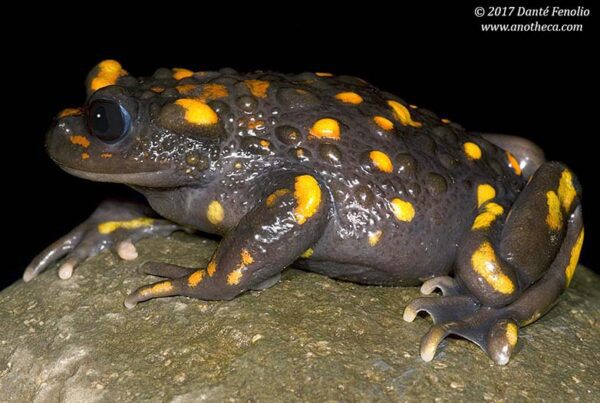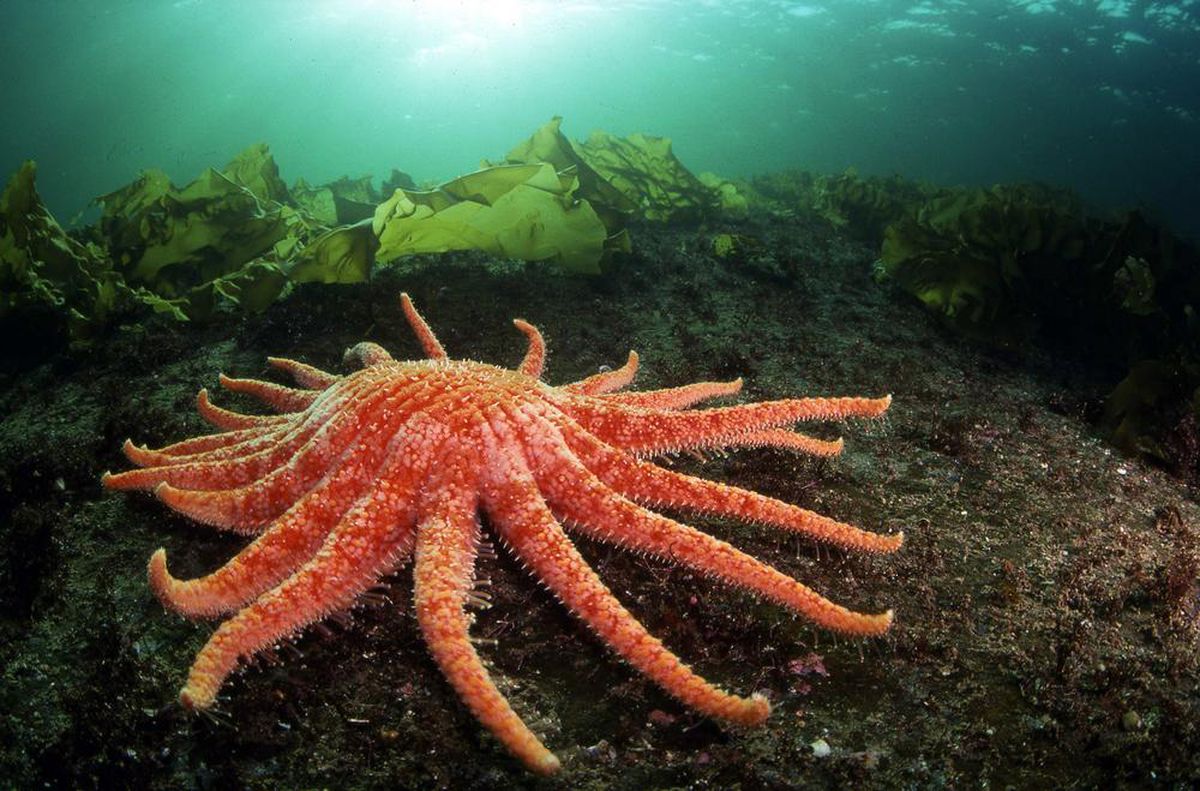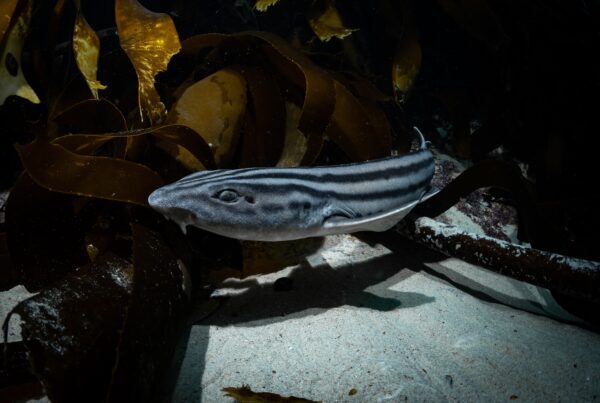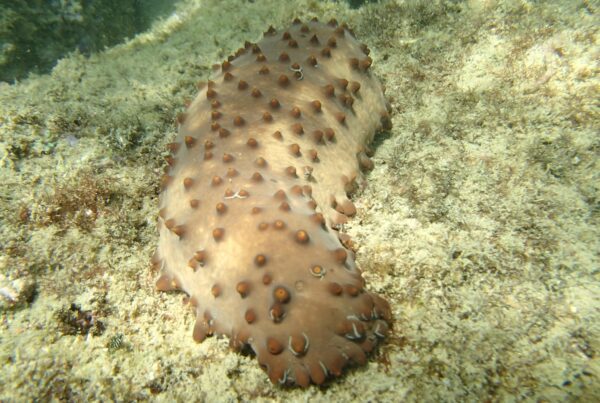Sea star wasting disease (SSWD) has all but eradicated the sunflower sea star, a keystone predator of urchins in coastal kelp forests. This project targets genomic variation that provides resilience to SSWD and assesses the genomic consequences of the disease. These insights can help shape a captive breeding program to advance resilience in sea stars.
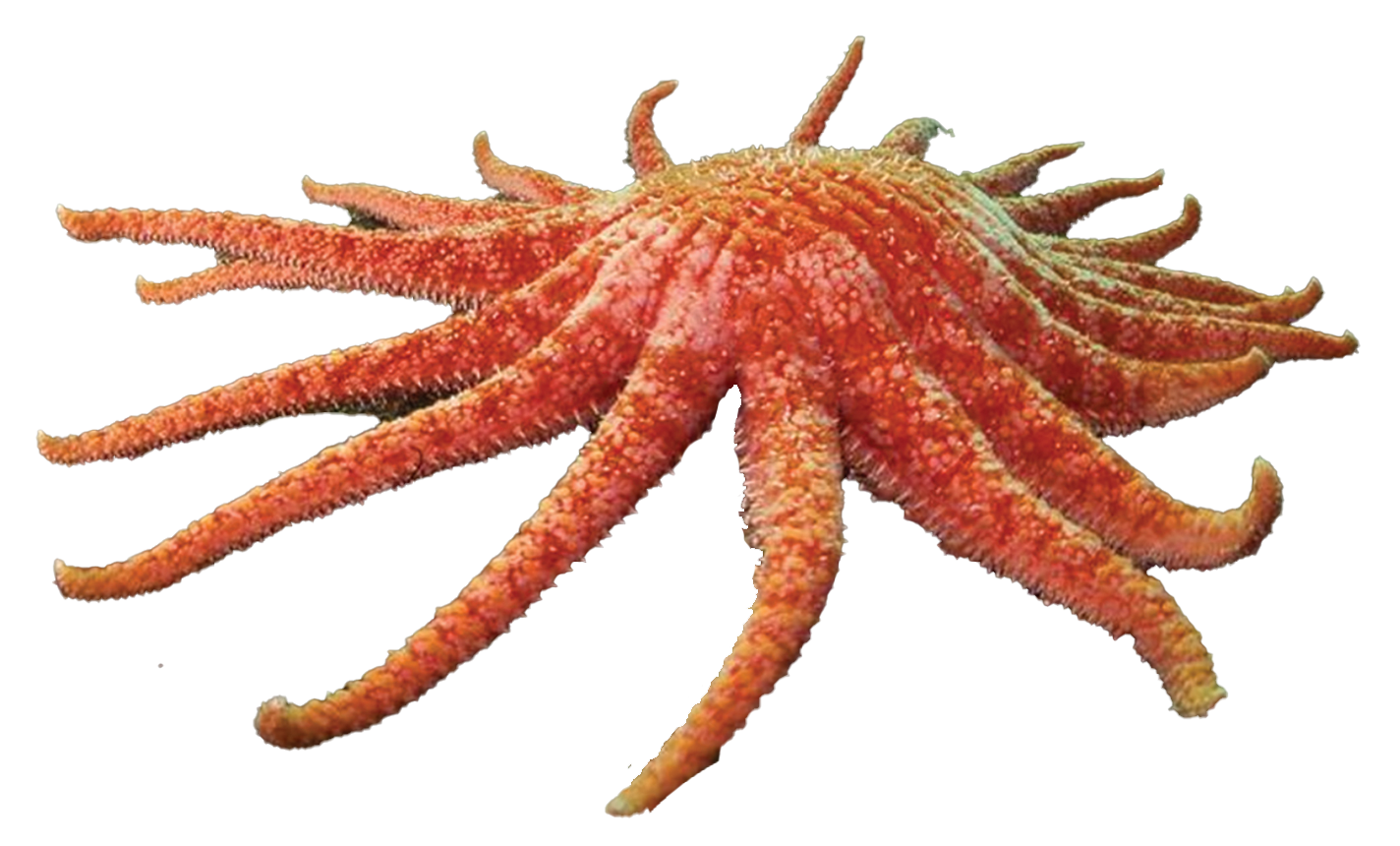
In 2013, an outbreak of sea star wasting disease (SSWD) impacted over 20 species of sea stars. The sunflower sea star (Pycnopodia helianthoides), a keystone predator of urchins, was all but eradicated. The ecological loss: a 311% increase in urchin populations and 30% decline in kelp forest density along the North American Pacific Coast.
To date, the ecosystem shows no signs of a rebound.
This project will explore genomic variation in the sunflower sea star that provides resilience to SSWD and other stressors. In addition, researchers will identify regions that confer high risk to SSWD and assess the consequence of the 2013 event on patterns of genomic diversity among remnant sea star populations. These insights can help shape a captive breeding program to advance genomic resilience and restore genetic diversity in subsequent populations.
Principal Investigators of this project include Michael Dawson and Lauren Scheibelhut at the University of California, Merced.
In this video: Revive & Restore’s Executive Director Ryan Phelan and Project PI Michael Dawson explore the tragic history of sea star wasting disease and the hope that genomics can offer.
Healthy sunflower sea star on a cold-water coral. Sunflower sea star populations have been decimated by sea star wasting disease, but perhaps their genomes hold the key to resilience?
Credit: Shutterstock
Special thanks to the partners that support Wild Genomes:




Keep up with Wild Genomes!
Join our mailing list for bi-annual updates from Revive & Restore, including new calls for Wild Genomes proposals.

Explore more Wild Genomes projects
